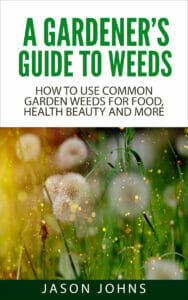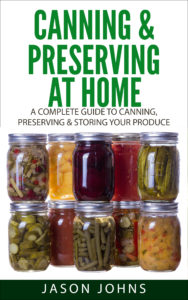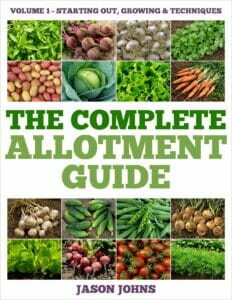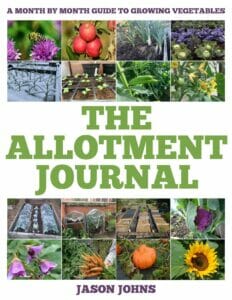Tomatoes are probably the most popular vegetable plant (though really it’s a fruit) grown at home. Many people try to grow these every year to various degrees of success.
But what do you really need in order to successfully grow tomatoes? Here are six tips that will help you grow strong, healthy tomato plants that produce lots of delicious tomatoes.
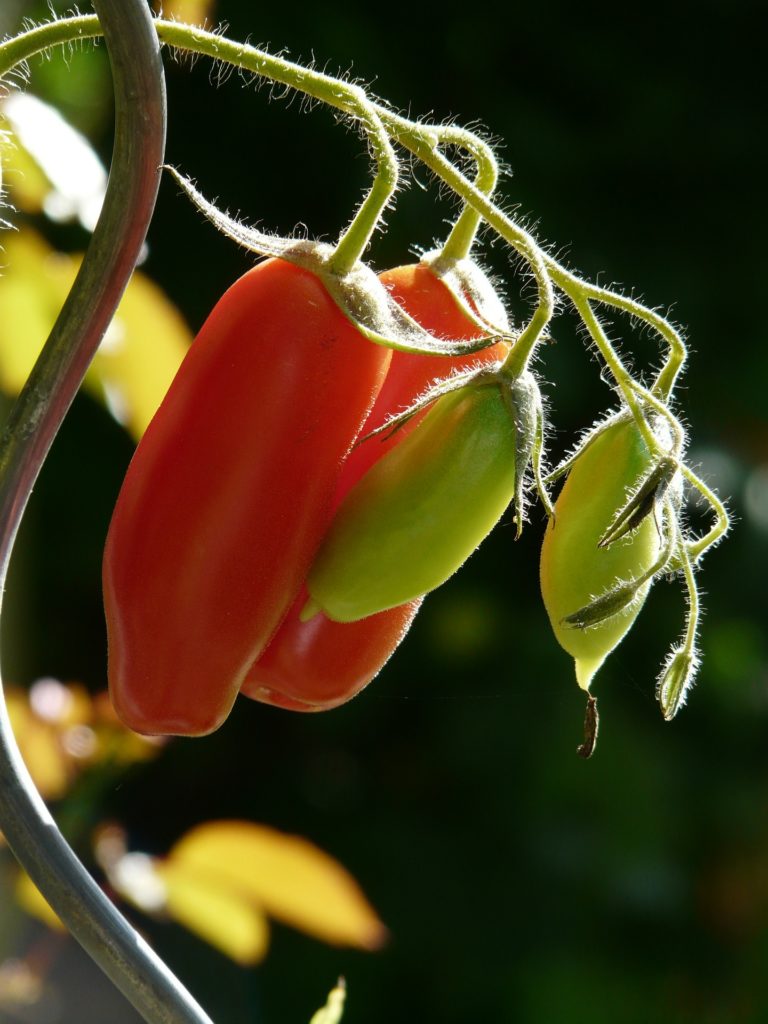
Tip 1 – Sunlight
Tomatoes need plenty of sunlight, at least 8 hours every day. Contrary to popular belief, tomatoes do not need sunlight to ripen, but warmth, so if your tomatoes aren’t ripening towards the end of the season, move them somewhere warmer!
Ideally, the light source should be directly above the tomato plants otherwise they tend to lean. Practically, this is not always possible, so if your tomato plants begin to lean, rotate them daily to keep the stems straight and strong.
Should seedlings not have enough light, they will become leggy as they grow tall and spindly trying to reach for the light.
Tip 2 – Temperature
Tomatoes love warmth, originating from Central and Southern America. Each variety takes a slightly different length of time to mature, with the larger varieties taking longer than cherry and small varieties. Ideally, tomatoes need the night temperatures to be between 55-75F/13-24C to set fruit. When night temperatures are above 85F/29C, the fruit does not color properly and tomatoes stop growing in temperatures above 95F/35C. Of course, these temperatures do vary depending on the variety you are growing.
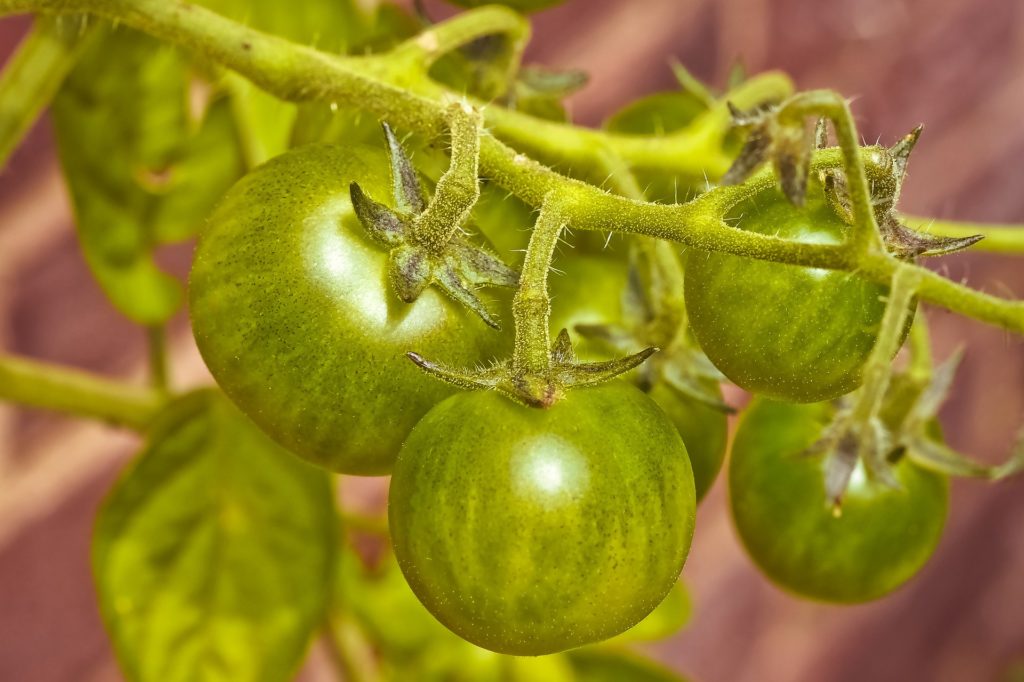
If you live in a more temperate zone such as northern Europe, the UK, Canada or the northern United States, growing short-season tomatoes that mature faster will mean you are more likely to be harvesting tomatoes later in the year. Longer season tomatoes can be grown, but these really need to be grown under glass for them to have enough time to set fruit and mature before the weather becomes too cold.
Tomato seeds are started off indoors early in the year to give the plants plenty of time to grow and mature in temperate climates.
Tip 3 – Good Watering Habits
The tomato fruit is full of water, and the plants need lots of water to mature. The soil should be evenly moist, so not too wet and not too dry. Too much water drowns the plant as it cannot get oxygen through its roots and too little water stops fruit production. Uneven watering causes the fruit to split and contributes to blossom end rot forming and destroying your crop.
Test how wet the soil is before you water the plant. Stick your finger into the soil at the base of the plant up to the second knuckle. If it is wet at the tip of your finger, do not water. If it is dry, then water. During hot, dry spells, deep water your tomato plants once a week.
Pay special attention to tomato plants grown under glass as these can suffer very badly during hot weather, particularly when grown in containers. They can easily dry out too quickly, which shocks the plant and hinders fruit formation. When growing under glass, tomatoes benefit from an irrigation system of some sort to keep the containers evenly moist.
Tip 4 – Regular Feeding
Tomato plants are very greedy plants. Look at how fast they grow, they need the fuel to maintain that growth and produce the fruit.
When growing outside, prepare the soil before planting with some well-rotted compost or manure. Before you put the plants in the ground, add a heaped trowel of bonemeal to the bottom of each hole. This helps to speed up ripening and focuses the plant on producing fruit.
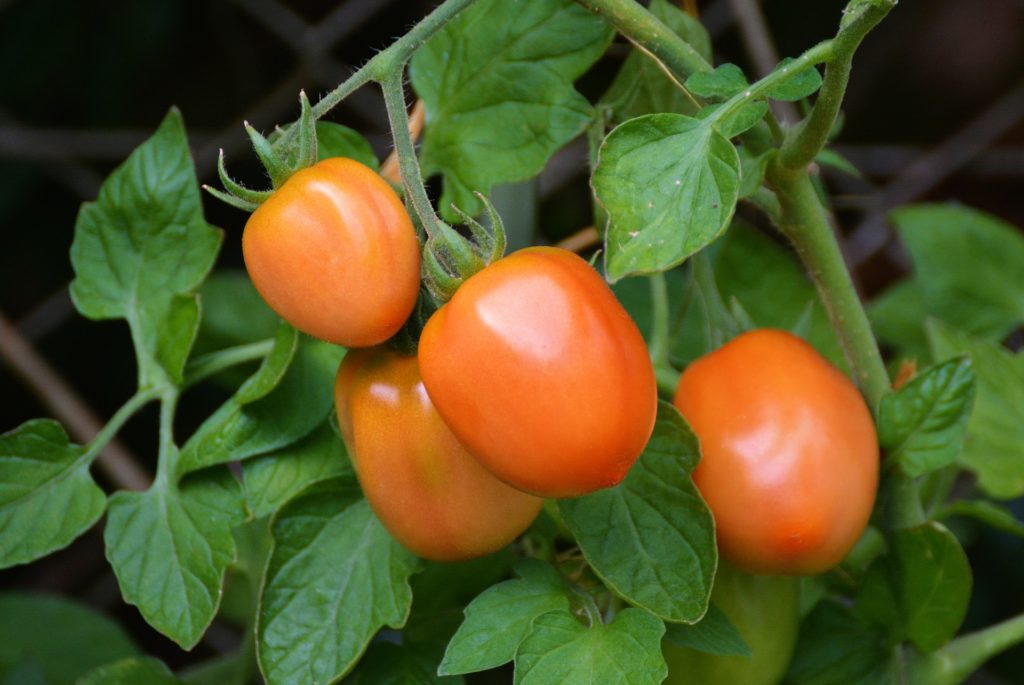
Whether grown in containers or outdoors, regularly feed your tomato plants with a high phosphorus feed. Too much nitrogen in the feed means the plant will produce lots of foliage but few fruits. Use a specialist tomato feed as this contains the right balance of nutrients and will be perfect in virtually every case.
If the top leaves of your plants start to turn yellow and the stem takes on a purple tinge, feed with a high nitrogen fertilizer as the plant is telling you it is deficient in this element.
Tip 5 – Loose, Well-Drained Soil
Tomato plants need a good quality, loose and well-drained soil. They do not thrive in heavy, clay soils and will often struggle to grow. When growing outside, most growers will mix aged compost into the soil to loosen it up so the roots of the plants can easily grow. If your soil is a heavy clay or too sandy, consider some serious soil ammending or grow in containers.
Tomatoes like the soil to be slightly acidic, with a pH of between 6.0 and 7.0.
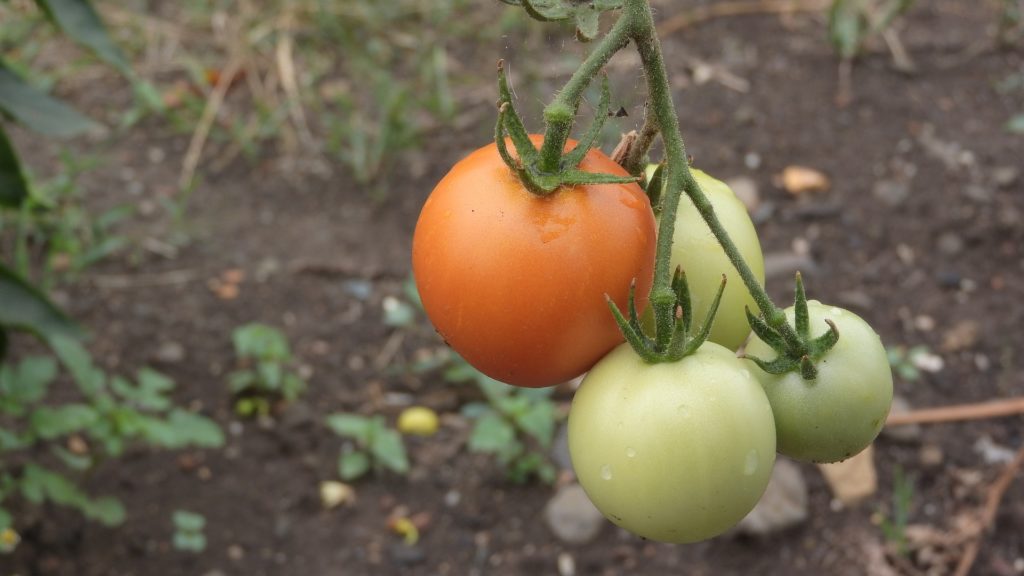
Tip 6 – Protect Your Plants
Tomato plants are surprisingly fragile outside of their native environment. They are susceptible to excess heat and cold, strong winds, do not like competing with weeds and a whole host of pests and diseases affect these plants, including the dreaded blight.
Tomato seeds are usually planted 6-10 weeks before the last frost date and then planted out two weeks after the last frost. Then, for the next few weeks, you nervously watch the weather, ready to rush to wrap your plants in horticultural fleece if the temperature starts to dig.
As tomato plants grow quite tall, they should be staked and/or planted in a sheltered location so high winds will not damage the plants. Strong winds can uproot plants, dislodge fruit and snap branches, which then encourages diseases and pests.
Tomato cutworm can be a major problem, but you can protect your plants with a paper collar in the soil when planting out. Tomato hornworm is another pest eager to damage your plants, so check them regularly for signs of pest attack and take the appropriate action.
Fungal and bacterial diseases can calso be a problem. Ensuring sufficient space between plants for air circulation and watering at the base of the plant so the leaves do not get wet can help reduce the incidences of these disesases. However, even this is often not enough to avoid the dreaded blight. If blight and other diseases are common where you live, consider growing resistant varieties. Rotating your tomato plants around beds every year can help reduce the incidences of disease, but blight will blow in on the wind, so often cannot be avoided.

If you are lucky enough to live somewhere that has temperatures over 95F/35C in the summer, use shade cloth to protect your plants from the sun. This will ensure they keep producing fruit and do not get damaged in the direct sun.
